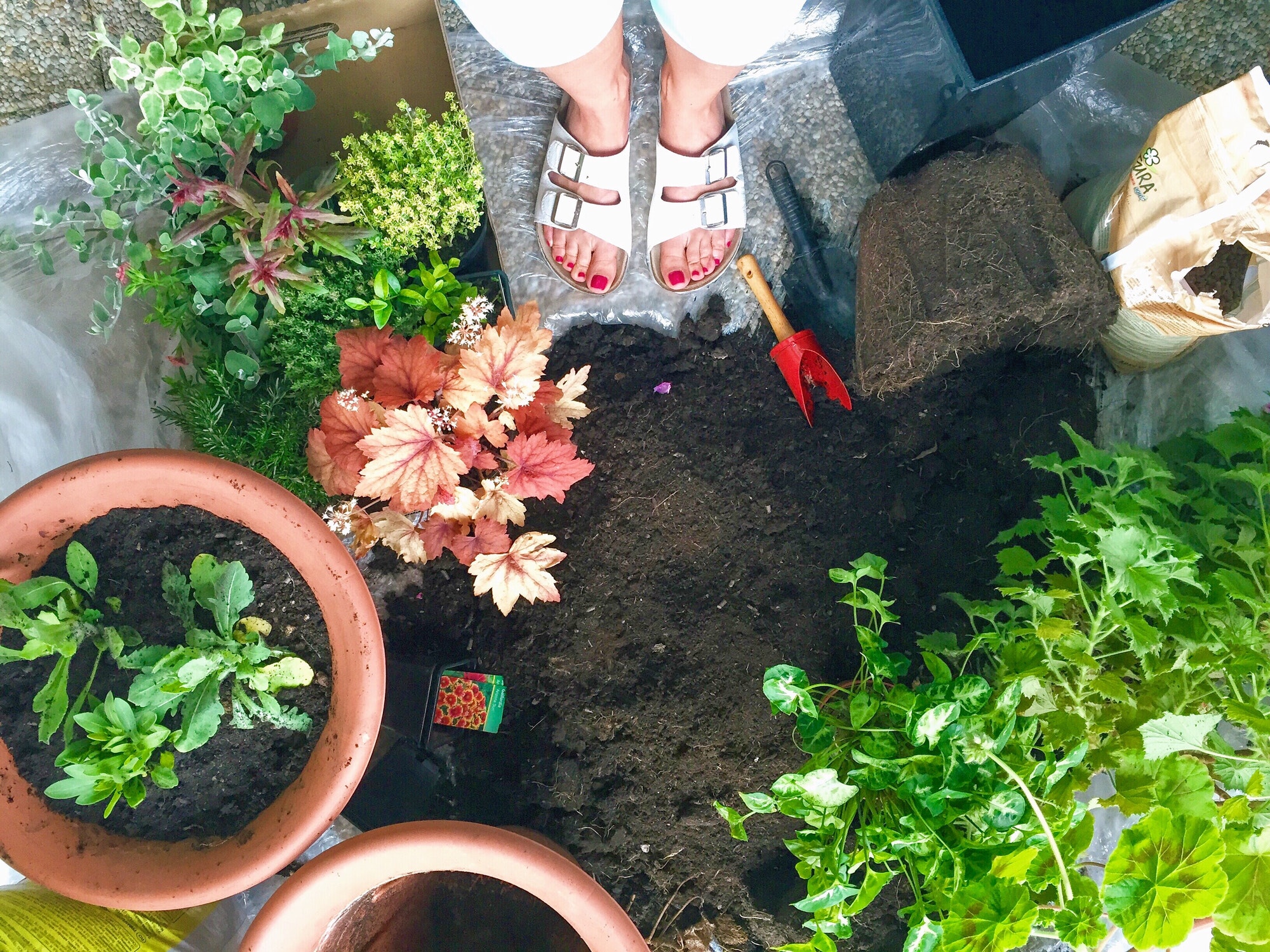If you’re looking for a way to add some greenery to your home without taking up too much space, a hanging garden chair might just be the answer. These chairs are perfect because they don’t take up much floor space, can be hung from the ceiling or beams in your home and often double as storage for books, plants or other small items. Making your own is not only a fun project but also a great way to save money on something that is likely to cost you around $100 if you buy it ready-made. An old hammock makes an excellent base for your hanging chair, as it’s already made of natural fibers which will support the weight of the plants. All you will need are some basic woodworking skills and an knowledge of how to use power tools safely.
What You’ll Need
– Old hammock – This will be your base, so ideally it should be a sturdy, strong material such as cotton. – Tools to remove hooks and straps – You will need pliers, a screwdriver and a hammer to remove any hooks or straps that are securing the hammock to the frame. – Files or sandpaper – You will likely need to smooth down any rough edges created when you remove hooks and straps. – Measuring tape – You will need this to measure the length and width needed for your garden chair. – Drill – You will need this to install the hooks and straps that will hold the chair up. – Scissors or clippers – You will need these to clip the ends of the hammock strings if they are frayed or uneven after removing the hooks and straps. Hanging garden chair
Step 1 – Cut the Hammock Strings
First, you will need to remove the hooks and straps from the hammock so that you can then cut the strings. Use pliers to remove the hooks, and then carefully cut through each string with a sharp pair of scissors or clippers. Once all the strings are cut, you can cut the hammock itself. Depending on the size of your chair, you may want to keep the longer pieces for use as a shoulder strap, or to wrap around the legs for extra support. If you only want to use the shorter strings, you can cut them with a pair of scissors.
Step 2 – Add Reinforcing Bars
Next, you will need to add some reinforcing bars to the hammock. The best place to put these is on the corners, where the strings meet the material. This will help keep the chair sturdy and prevent sagging. If you don’t have a drill, you can use a hammer and nails to secure the bars to the hammock. To make sure that the hammock is completely flat, you can place a heavy item such as a book on top of it while you hammer the bars into place.
Step 3 – Measure and Mark Your Holes
Once you have your hammock ready, it’s time to measure and mark where you will need to place the hanging hooks. These will hold the chair up, so it is important that they are placed where they can easily be reached. The best way to do this is to stand in the place where you will be using the chair, and then mark the spots where you would like the hooks. The hooks should be placed about 12 inches from the bottom of the chair, and a few inches from each side. You will also need to mark the location where the straps will go, as these will be used to tie the chair to the hooks. These will be placed about 5 inches above the hooks.
Step 4 – Cut Holes for the Hooks and Straps
Once you have marked the holes for the hooks and straps, you can cut them out. A jigsaw or other saw is the best tool for this job. Note: Be very careful when working with power tools and sharp blades to make sure that you are using proper safety equipment such as goggles and gloves. You can also use a hole saw or a special drill bit that will cut out a circle. Whichever tool you use, you will want to make sure that the hole is large enough for the hooks and straps to fit through. You don’t want your chair to sag, but you also don’t want the holes to be too big or they will look unsightly.
Step 5 – Install the Hooks, Straps and Netting
Once all the holes are cut out of the hammock, it’s time to install the hooks and straps. Make sure that you place the hooks and straps on the underside of the hammock, as you will not be able to see them from the top. You can use a strong fabric glue to attach the hooks and straps to the hammock. Make sure to follow the instructions on the package for the best results. If you don’t have any fabric glue, you can use a strong, clear craft glue. Make sure to let it dry before hanging the hammock. Lastly, you will need to cut a piece of netting to cover the holes in the hammock. This will prevent your plants from falling through the holes and getting tangled in the hammock. You can purchase netting from most craft or gardening stores.
Conclusion
An old hammock makes an excellent base for your hanging chair, as it’s already made of natural fibers which will support the weight of the plants. All you will need are some basic woodworking skills and an knowledge of how to use power tools safely. Plus, it’s a great way to repurpose a piece of furniture that was only being used by a few spiders anyway!
This article is provided by https://www.creativegardens.com/outdoor-cooking-barbecues

